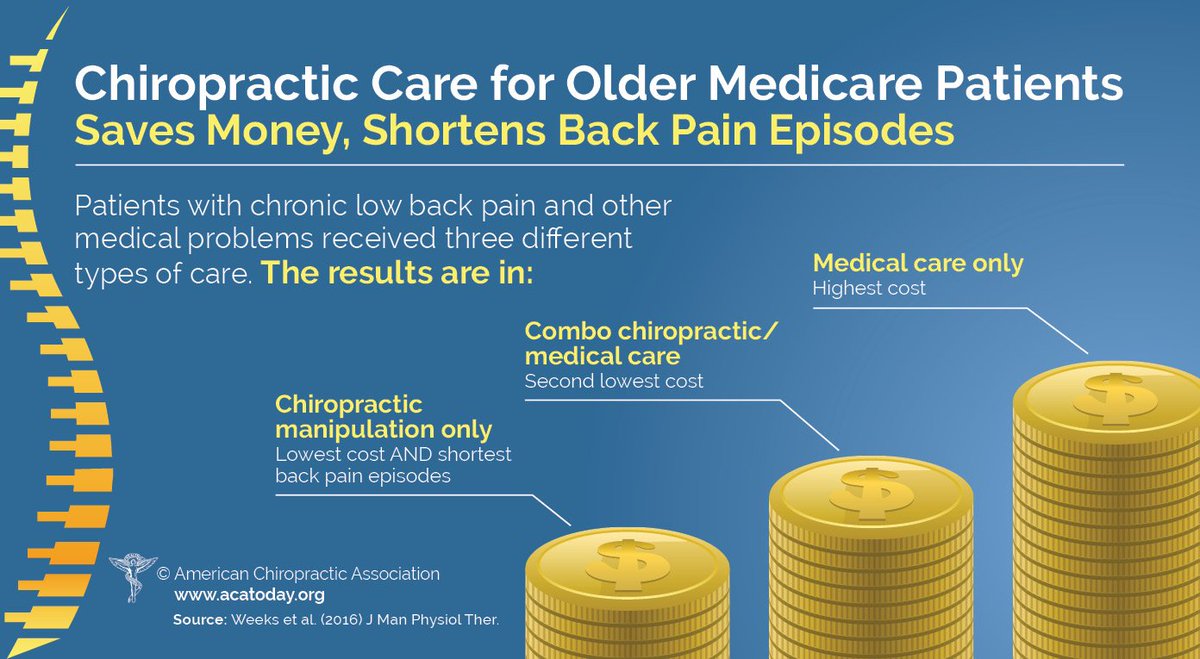Uncovering The Science Behind Cold Laser Treatment: Examining Its Mechanisms And Implications
Uncovering The Science Behind Cold Laser Treatment: Examining Its Mechanisms And Implications
Blog Article
Article Developed By-Harbo Bartlett
You may have heard of cold laser treatment as an appealing therapy choice for various problems, yet have you ever before wondered just how it in fact works with a cellular degree? Understanding the devices behind this therapy can clarify its performance in promoting recovery and reducing inflammation. By discovering the science behind cold laser treatment, you'll gain insights into the remarkable ways in which light can influence cellular procedures and facilitate tissue repair work.
Exactly How Cold Laser Therapy Functions
To recognize just how cold laser treatment works, you need to grasp the basic principles of how light power interacts with biological cells. Cold laser therapy, also known as low-level laser treatment (LLLT), utilizes details wavelengths of light to pass through the skin and target underlying cells. Unlike the intense lasers utilized in surgical procedures, cold lasers discharge low degrees of light that do not generate heat or trigger damages to the cells.
When these mild light waves reach the cells, they're taken in by parts called chromophores, such as cytochrome c oxidase in mitochondria. This absorption triggers a collection of organic responses, including increased mobile energy manufacturing and the launch of nitric oxide, which enhances blood flow and reduces swelling.
In smoking laser treatment , the light energy can also promote the manufacturing of adenosine triphosphate (ATP), the energy currency of cells, aiding in cellular fixing and regeneration processes.
Essentially, cold laser therapy harnesses the power of light power to advertise recovery and minimize pain in a non-invasive and gentle manner.
Systems of Activity
How does cold laser therapy really work to create its therapeutic results on biological cells?
Cold laser therapy, likewise known as low-level laser treatment (LLLT), operates with a process called photobiomodulation. When the cold laser is applied to the skin, the light energy passes through the cells and is soaked up by chromophores within the cells.
These chromophores, such as cytochrome c oxidase in the mitochondria, are after that promoted by the light energy, resulting in a cascade of organic responses. One key system of action is the enhancement of cellular metabolism.
The absorbed light energy raises ATP manufacturing in the mitochondria, which is critical for cellular function and fixing. Additionally, cold laser therapy assists to reduce swelling by preventing inflammatory arbitrators and advertising the release of anti-inflammatory cytokines.
This anti-inflammatory impact adds to discomfort alleviation and tissue recovery.
Restorative Effects
Comprehending the restorative impacts of cold laser treatment entails recognizing just how the improved cellular metabolism and anti-inflammatory properties add to its favorable end results on organic cells.
When stamford quit smoking stamford ct is applied to the afflicted area, it boosts the mitochondria within the cells, causing enhanced production of adenosine triphosphate (ATP), which is important for cellular feature and repair. This increase in cellular energy increases the recovery procedure by advertising tissue regeneration and decreasing swelling.
Moreover, the anti-inflammatory buildings of cold laser therapy aid to reduce discomfort and swelling in the targeted location. By hindering inflammatory arbitrators and promoting the launch of anti-inflammatory cytokines, cold laser treatment aids in relieving discomfort and boosting the total healing reaction.
This reduction in swelling not only offers prompt relief however also sustains long-lasting cells repair service.
Final thought
To conclude, cold laser therapy works by boosting cellular fixing and tissue regeneration through photobiomodulation. Its anti-inflammatory residential properties provide pain alleviation and minimize swelling by inhibiting inflammatory moderators.
This treatment uses a thorough approach to recovery, supplying both immediate relief and long-lasting cells fixing benefits.
With its systems of action, cold laser therapy shows to be an effective and encouraging treatment alternative for a variety of problems.
